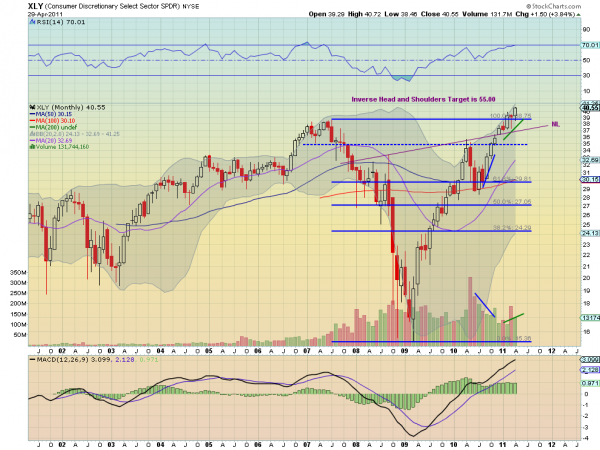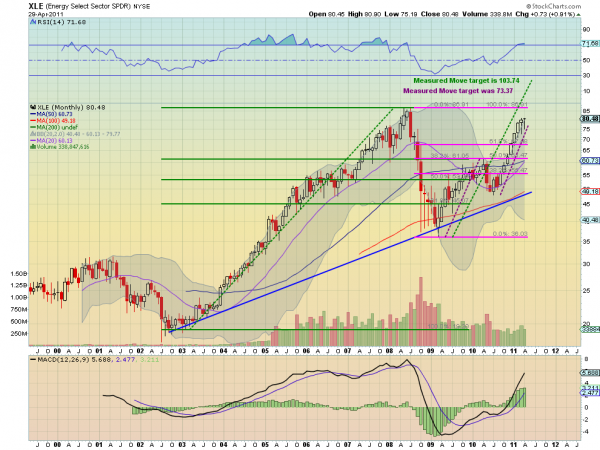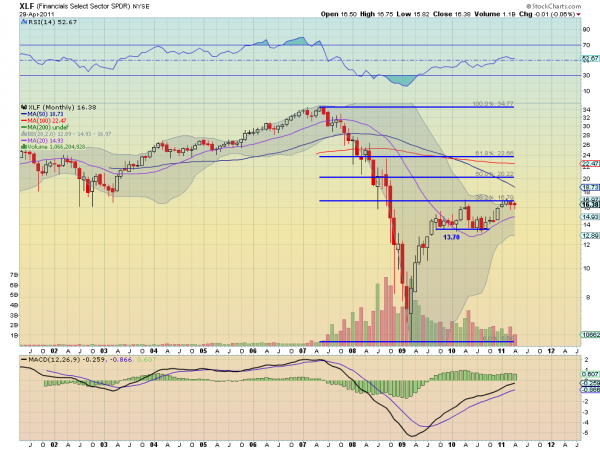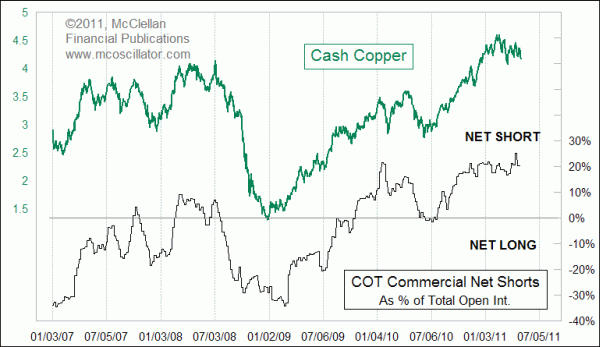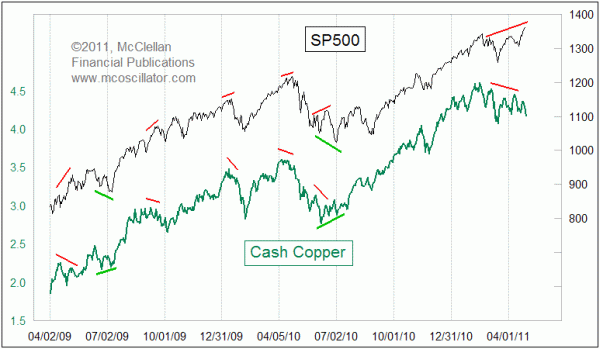 |
Global investors are dumping dollars like there’s no tomorrow.
After plunging for nearly a year, the greenback is down a staggering 15.9% since last June alone.
This week, it hit a low of 72.834, a meager 2.136 points from its lowest level of all time. Meanwhile …
* The dollar is sinking fast against major world commodities like oil, which has surged beyond $113 per barrel in the U.S. and $125 in Europe.
* The U.S. dollar is right at, or near, new all-time lows vis-à-vis silver, as the white metal trades close to $50 per ounce — levels it hasn’t seen since the Hunt brothers manipulated the market over 30 years ago, and …
* The U.S. dollar is ALREADY at all-time lows when measured against gold, which has just sailed past the $1,550 per ounce and is making a beeline for $1,600.
But this is only a mild dress rehearsal for
what’s possible if Washington stays
on its current wayward path.
what’s possible if Washington stays
on its current wayward path.
It’s the disastrous decline of the dollar that’s largely driving every one of these trends. And it’s the Fed’s money printing — plus Washington’s complacency about its credit worthiness — that’s driving the dollar into the gutter.
As more central bankers and foreign investors get fed up with losing mountains of wealth in the dollar’s decline …
And as the world’s financial authorities move closer to replacing the U.S. dollar as the world’s reserve currency …
The big danger ahead is that we could see a bust in the biggest bubble of all — the U.S. government bond market!
How soon? No one can say for sure. But judging from the response on my personal blog last week, many of our readers expect it will happen THIS YEAR!
This is precisely why I decided to issue objective, conflict-of-interest-free country ratings and rate the U.S. government — to help investors see the real risks and dangers beyond the candy-coated ratings issued by S&P, Moody’s and Fitch.
The response has been quite unusual: Dow Jones. MarketWatch. CNN/Fortune. CNBC. Newsmax. Yahoo!
And many more.
Plus, the feedback on my personal blog has been amazing: Hundreds of readers have posted their comments, suggestions and questions — and we’re here to help in any way we can.
We’re standing by to answer any questions you have about our new country ratings … what they mean to you and your family … and what you should be doing now to insulate your wealth.
